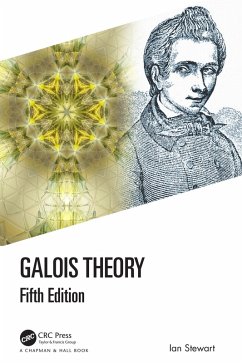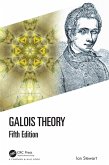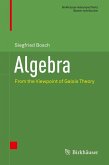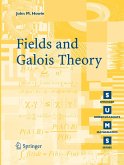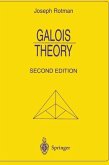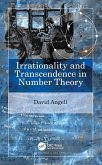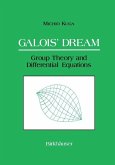New to the Fifth Edition
- Reorganised and revised Chapters 7 and 13
- New exercises and examples
- Expanded, updated references
- Further historical material on figures besides Galois: Omar Khayyam, Vandermonde, Ruffini, and Abel
- A new final chapter discussing other directions in which Galois theory has developed: the inverse Galois problem, differential Galois theory, and a (very) brief introduction to p-adic Galois representations
This bestseller continues to deliver a rigorous, yet engaging, treatment of the subject while keeping pace with current educational requirements. More than 200 exercises and a wealth of historical notes augment the proofs, formulas, and theorems.
Dieser Download kann aus rechtlichen Gründen nur mit Rechnungsadresse in A, B, BG, CY, CZ, D, DK, EW, E, FIN, F, GR, HR, H, IRL, I, LT, L, LR, M, NL, PL, P, R, S, SLO, SK ausgeliefert werden.
- Midwest Books Review
Praise for the Previous Editions
"... this book remains a highly recommended introduction to Galois theory along the more classical lines. It contains many exercises and a wealth of examples, including a pretty application of finite fields to the game solitaire. ... provides readers with insight and historical perspective; it is written for readers who would like to understand this central part of basic algebra rather than for those whose only aim is collecting credit points."
-Zentralblatt MATH 1322
"This edition preserves and even extends one of the most popular features of the original edition: the historical introduction and the story of the fatal duel of Evariste Galois. ... These historical notes should be of interest to students as well as mathematicians in general. ... after more than 30 years, Ian Stewart's Galois Theory remains a valuable textbook for algebra undergraduate students."
-Zentralblatt MATH, 1049
"The penultimate chapter is about algebraically closed fields and the last chapter, on transcendental numbers, contains 'what-every-mathematician-should-see-at-least-once,' the proof of transcendence of pi. ... The book is designed for second- and third-year undergraduate courses. I will certainly use it."
-EMS Newsletter

